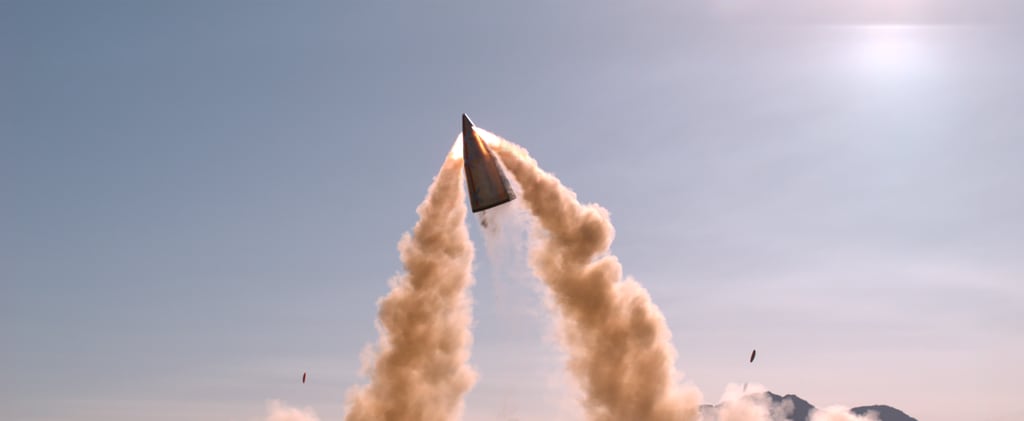
The U.S. Air Force and two main contractors on the LGM-35A Sentinel intercontinental ballistic missile program on Saturday tested the solid-rocket motor that will power the nuclear weapon’s third stage.
The test, which also involved Northrop Grumman and Aerojet Rocketdyne, took place in a closed chamber at the Arnold Engineering Development Complex in Tennessee. It followed static fire tests of the first and second stages’ rocket motors in March 2023 and January 2024, respectively.
This third stage that was tested is the smallest of Sentinel’s three-stage propulsion system. The Air Force did not offer further details about the test, nor did it identify whether the event was successful.
“This test is the latest in our ground and flight test program and is designed to help us refine Sentinel’s air vehicle design,” Maj. Gen. John Newberry, commander of the Air Force Nuclear Weapons Center and the service’s program executive officer for strategic systems. “It demonstrates the progress the Air Force is making on modernizing our nation’s strategic land-based nuclear deterrent.”
The Sentinel program is intended to replace the aging LGM-30G Minuteman III ICBM, which has been a key part of the United States’ nuclear triad since the Cold War. The Air Force now has roughly 400 Minuteman III weapons in silos spread out across Wyoming, Montana, North Dakota, Colorado and Nebraska.
Northrop Grumman did not issue a news release about the test, but provided a short statement to Defense News: “In partnership with the Air Force, we continue to make significant progress on the Sentinel program, achieving key milestones to mature the design and reduce risk.”
Northrop said in a February release it had successfully tested several other elements of the missile. This included evaluating the forward and aft sections of a Sentinel ICBM at its Strategic Missile Test and Production Complex in Promontory, Utah to collect data about the weapon’s in-flight structural dynamics.
Northrop also tested the Sentinel’s shroud, which encases the payload within the missile’s nose, in a fly-off test at Naval Air Weapons Station China Lake in California. This test, which the company said was successful, verified the shroud would not strike the enclosed payload as it flew off the missile.
The price tag for the Sentinel program has spiked enough to trigger a cost overrun process known as a Nunn-McCurdy breach. Top Air Force leaders have pinned the bulk of the cost growth on its highly complex command and launch segment, which involves securing real estate from hundreds of landowners across the Midwest, building more than 400 launch facilities and 7,500 miles of utility corridors, and laying thousands of miles of fiber-optic networks.
The Air Force said the Sentinel missile itself is not seeing as much of a severe cost growth as other portions of the program.
Sentinel, which was originally due to reach initial operational capability in 2029, is also falling behind schedule by about two years, the Air Force said earlier this year.
But the service is unlikely to cancel the Sentinel program over cost overruns and delays, and top leaders have said replacing the Minuteman III is so important they would find money elsewhere in the budget to pay for the new ICBMs. The Pentagon is now reviewing Sentinel to see how it might restructure the program to get it back on track and bring down costs.
Author: Stephen Losey
Source: DefenseNews



